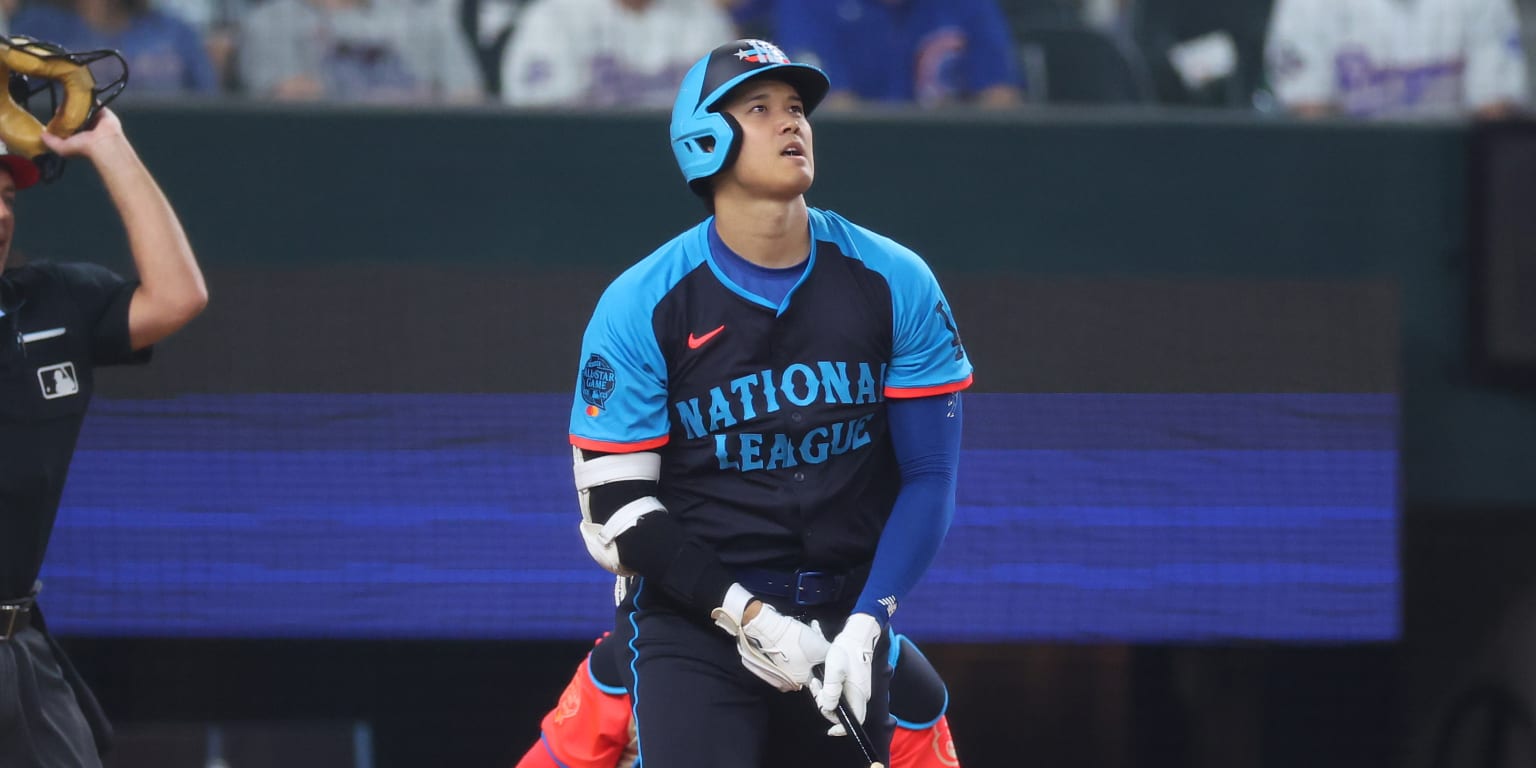Infra
KKR’s Agrawal eyes ‘much greater’ returns for climate strategy

KKR‘s new climate strategy will seek to plug the returns gap that can’t be reached by investments in those sectors by its flagship global infrastructure strategy, its head of infrastructure Raj Agrawal told Infrastructure Investor.
The strategy launched last year has made two investments to date, with the maiden deal seeing it acquire UK-based battery storage and electric transportation group Zenobe Energy, while last month it bought a majority stake in Avantus, a US-based utility-scale solar and solar-plus-storage developer.
Despite KKR having previously invested more than $15 billion in the energy transition space through its various infrastructure funds, the firm saw a gap in the market for a dedicated capital sleeve.
“We think [the sector] is underserved,” Agrawal told KKR’s public investor day last week. “Most capital in climate is at the low end of the risk-return spectrum, focused on operating assets, or at the high end in venture capital or breakthrough technologies. We’re planning to attack the middle with an infrastructure-led mindset.”
Pressed on what specific risks these would involve, Agrawal told Infrastructure Investor: “That [infrastructure] strategy has limits when it comes to climate investing. A lot of the climate space certainly has good, hard infrastructure assets, great counterparties and solid contracts, but there are also businesses we’d like to own that have incredibly high growth expectations.
“Take Zenobe in the UK, which has incredibly high growth expectations. You have to pay up some value for the platform to go into that business. Even though you have hard assets with contracts and good counterparties, you’ve paid some value for the growth expectation and if that growth fails to materialise as much as we expect it to, it does introduce some potential of capital impairment. It’s a very sensible risk, largely scale-up risk, and with that comes return potential that’s often much greater than we see in a typical infrastructure business. But the risk is outside of how we invest in our global infrastructure strategy.”
Agrawal added that the strategy will still contain the core focus of KKR’s infrastructure business in capital protection and “relying on our value-add tools to really drive interesting returns”.
‘Better return profile’ for core
Indeed, Agrawal stressed the results of that capital protection element at the investor day last week, telling attendees that KKR had made a 2.2x gross realised multiple across its assets since its 2011-vintage maiden fund. The group has made over 80 investments, Agrawal said, realising more than 20 of them.
While KKR Global Infrastructure Investors IV is still investing capital, the three predecessors are all generating gross IRRs of at least 16 percent, with the first fund generating a 19.7 percent gross IRR, figures revealed to investors show. The flagship strategy typically targets a gross IRR of 14-15 percent and a net IRR of 12-13 percent.
However, the group’s Diversified Core Infrastructure Fund – a 2020-vintage, open-end fund that has now garnered $9.6 billion – targets an 8-10 percent gross IRR and a 7-9 percent net return. Core strategies have come under pressure recently with the rise in interest rates, and they are often subject to regulatory pressures.
Infrastructure Investor understands one of the assets the KKR fund holds alongside OTPP – Finnish electricity distribution company Caruna – recently suffered a write-down in value for the Canadian pension, following a reduction in the allowed return by the Finnish regulator.
Agrawal did not comment on Caruna directly, but said the core strategy remains protected from rising rates and inflation.
“Core has stayed relatively intact, despite the cost of capital going up 400-500 basis points, but not fully intact,” he told us. “A typical core deal may be underwritten to returns that are 150-200bps higher than they were prior to base rates going up. If you just discounted rates, values would be down, but most of the core assets that the industry owns, and that we own, are inflation protected with cost pass-throughs. So, while discount rates are higher on core assets, earnings are also higher. Depending on the asset, it could be a wash on value, or some assets could see an increase in value.”
Agrawal said the new economic climate means that DCIF may now need to increase its targeted return slightly.
“It does provide an opportunity at this point in time, we think, to step into a better return profile. If we can have a 400 to 500bps move in base rate and assets have remained relatively intact, it’s a good testament to the resiliency factor as well,” he argued.
The focus on inflation protection is being met positively in the market, Agrawal relayed at the investor day.
“Before the last couple of years, I used to say to people 4-5 percent dividend yield and their eyes would light up. I would say inflation protection and they’d yawn,” he said. “Now it’s flipped. Depending on the time, one matters more than the other, but in infrastructure you get both.”






:max_bytes(150000):strip_icc()/roundup-writereditor-loved-deals-tout-f5de51f85de145b2b1eb99cdb7b6cb84.jpg)



